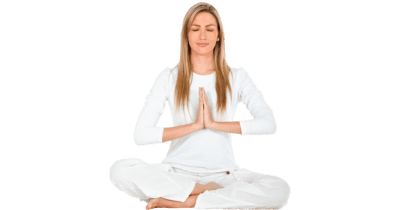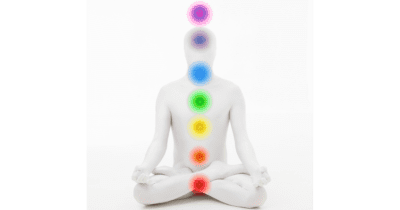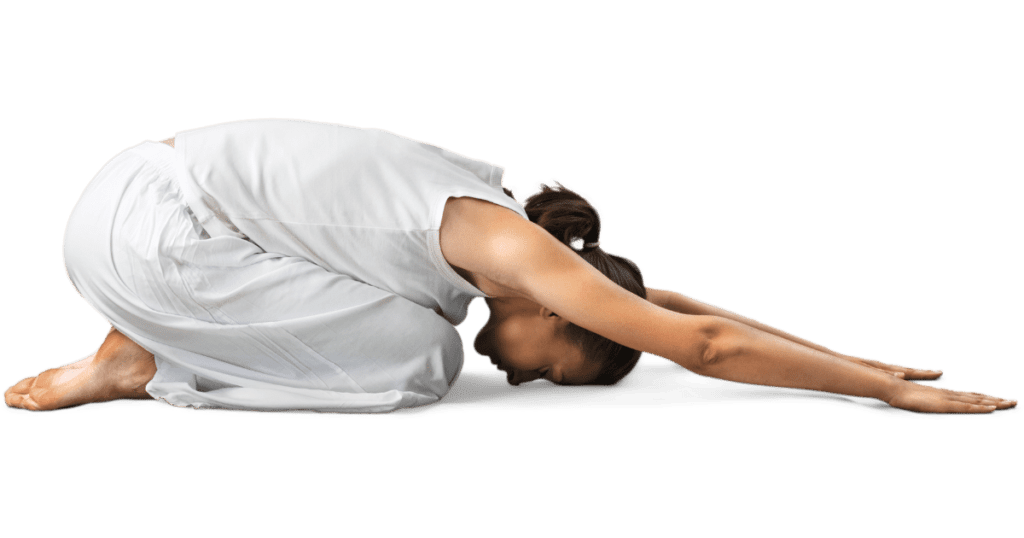What is Yoga?
Yoga is a mind-body combination. Different sorts of yoga uses physical movements, controlled breathing, relaxing and meditation.
Ancient India is where yoga, a physical, mental, and spiritual exercise, first appeared. This transmission used to be done one-on-one, but as yoga gained popularity in the West in the 20th century, a large number of people joined the group classes of yoga.

There are many different styles of yoga as well as numerous sub-disciplines.
While there have been many distinct interpretations and techniques of yoga over the years, most participants seem to agree that the ultimate aim of the practice is to be liberated from pain. Even while every yoga school or style has its unique emphasis and practices, the majority concentrate on synchronizing the body, brain, soul and breath.
Even though each yoga school or traditions has its distinct philosophy and practice, most yoga schools and traditions centre on merging body, mind and breath as a way to change energy or shift consciousness.
Over 5,000 years ago in northern India, yoga first appeared.

Yoga was introduced to the West by Indian monks in the late 1890s. By the 1970s, modern yoga techniques had attained great popularity in Western nations.
Yoga’s basic concept is the combination of the mind, body and soul.
Yoga has six sub-branches. Each branch represents for a separate theme and set of skills.
Listed below are the six branches:
Hatha Yoga: The physical and mental part of yoga known as hatha aims to prepare the body and the mind.
Raja Yoga: This branch focuses on meditation and stringent practice of the eight limbs of yoga, a set of disciplinary actions.
Jnana Yoga: This kind of yoga is concerned with knowledge, the way of the scholar and raising the mind via learning.
Karma Yoga: This is a practice of faithful dedication that seeks to build a world free of evil thinking, selfishness and ego.
Bhakti Yoga: The goal of bhakti yoga is to forge a path of devotion, a healthy approach to manage feelings and a strategy to encourage acceptance and understanding.

Tantra Yoga: This is a path that leads to customs, ceremonial or the connection of two people in relation.
Numerous physical and mental disorders are treated with yoga. Recent mind-body studies have shown that it is also beneficial in managing conditions like diabetes, heart disease, anxiety and stress.
Despite the fact that various schools of yoga like Jivamukti, Bikram and Sivananda provide different understandings. The majority of them are established on the same fundamental theories and concepts.
Chakras
Chakra is Sanskrit word which means “spinning wheel.”
According to yoga, the physical body, ideas, feelings and energy are all focused in the chakras. According to yogic masters, people’s emotional experiences, aspirations, negative disconfirmation, levels of trust, fear and even physical symptoms, all of them are regulated by their chakras.
If energy in a chakra becomes jam, it causes physical, mental or psychological imbalances that show up as symptoms like worry, fatigue or poor digestion.
There are seven 7 main chakras and each has a unique purpose.

Sahasrara: The crown chakra which is located at the head top represents a connection to the spiritual world.
Ajna: The third eye chakra, which is situated between the eyebrows, is associated with sixth sense.
Vishuddha: The neck chakra is associated with verbal communication and endurance.
Anahata: The heart chakra, located in the middle of the chest, affects both personal and business interactions. Variance in this chakra will have an impact on how oxygen, nutrients, tissues and control of different organs.

Manipura: The chakra of solar plexus is found in the lower abdominal area. It is a symbol of intelligence, personality, and self-assurance.
Svadhishthana: The sacral chakra, located just below the navel, is the link among pleasure, wellbeing and health.
Muladhara: The muladhara chakra is located at the base of the spine, links the body and mind to the earth to maintain a person oriented. The brain’s parasympathetic nervous system and the sciatic nerves are under its control.
Regular yoga practice can enhance both your physical and emotional wellbeing.
Dr. Natalie A. Nevins (a family medicine doctor in Vallejo, California and trained Kundalini Yoga instructor in Hollywood, California) explains that the goal of yoga is to increase strength, attention, harmony and balance in the body as well as the peace of mind.
The majority of yoga sessions generally comprise of breathing exercises, concentration and adopting postures (also known as asana or poses) that stretch and relax different muscle groups, despite the fact that there are over 100 numerous variations or schools of yoga.
As an osteopathic doctor, Dr. Nevins places a strong emphasis on preventive care, healthy lifestyle choices, and the body’s innate capacity to restore itself because it is built on similar principles. Yoga is a tremendous tool for maintaining health.
Physical Advantages of Yoga
According to Dr. Nevins, yoga’s relaxation techniques can minimize severe pain, including lower back and spinal pain, arthritis, migraines and carpal tunnel syndrome. Yoga can also relieve anxiety and decrease blood pressure.

Other health advantages of yoga include:
Greater adaptability.
Improved respiration, energy and stamina.
Maintain a regulated digestion.
Increased muscle tone and flexibility.
Reduction in weight.
Enhanced athletic performance.
Prevention from injuries.
Cardio and circulatory health.
One of the most useful benefits of yoga is how it aids in stress management. Stress has been proven to have negative effects on the brain and body. According to Dr. Nevins, stress can manifest itself in a variety of ways, such as back or neck pain, trouble sleeping, migraines, drug usage and poor concentration. “Practicing yoga can be a very great way to produce protective factors and a more positive attitude on life.”
Yoga is an aid in maintaining and losing weight
Yoga practitioners and attentive eaters have a better understanding of their body. They might be more receptive to signs of both fullness and hunger.

In middle adulthood, weight gain was observed to be reduced in persons who practiced yoga for at minimum thirty minutes once a week for at least four years. Overweight persons actually dropped weight. In general, people who practiced yoga had lower body mass indices (BMIs) than people who did not. This was linked by experts to concentration. A more positive relationship with food and eating can result from healthier eating.
Improving fitness with Yoga
Yoga is renowned for its capacity to relieve stress, anxiety and tension in the body and mind. However, it may also help an individual’s capacity to exercise and perform different yoga poses.

A small sample of idle, non-yoga practitioners was evaluated by researchers. Participants improved their muscular strength and endurance, flexibility and cardio-respiratory efficiency after eight weeks of yoga practice at least twice a week for an average of 3 hours a week.
FAQ’s
How frequently should I practice yoga for the best outcomes?
Start by going twice a week when you initially start, and then start going three to four times a week after a month. Make sure you constantly take a minimum of one day off if you work out five or six days a week so the body can recover. Additionally, it’s a good idea to switch up your yoga style.
Do I need to be flexible before performing yoga?
No, flexibility is not must for yoga… The idea that tight people can’t practice yoga is untrue. Yoga is much more than just stretching; it is also deeply relaxing, meditative, spiritual, therapeutic and opening. Flexibility is merely one component. After doing yoga for a while, you’ll naturally get more flexible and experience a variety of other advantages.
What yoga poses is appropriate for and inappropriate for expectant women?
The main thing in performing yoga is to avoid practicing in a warm space since overheating can damage a baby’s synapses. Lying on stomach and back have the potential to cut off blood flow to the infant because your weight changes while you’re pregnant, compared to when you’re not, inversions are not recommended because they can easily tip your centre of balance. I’ve seen pregnant women stumble, which is unpleasant for both the mother and the fetus.
We are devoted to helping our community to be fit and healthy. We generally prescribe conversing with your primary care physician to decide on an actual fitness plan that is ideal for you.

Magnificent beat I would like to apprentice while you amend your site how can i subscribe for a blog web site The account helped me a acceptable deal I had been a little bit acquainted of this your broadcast offered bright clear idea
Very well presented. Every quote was awesome and thanks for sharing the content. Keep sharing and keep motivating others.
I really like reading through a post that can make men and women think. Also, thank you for allowing me to comment!
I just like the helpful information you provide in your articles